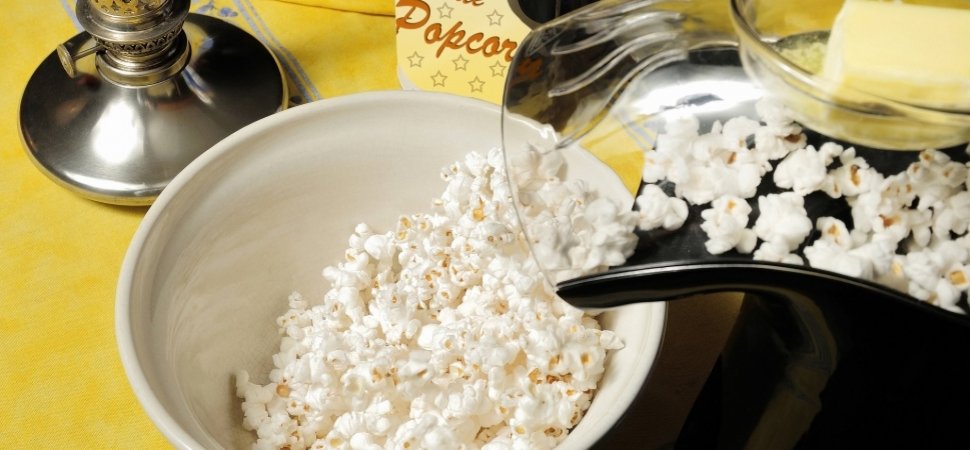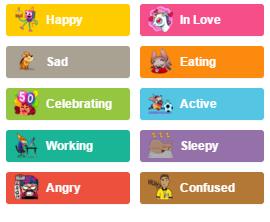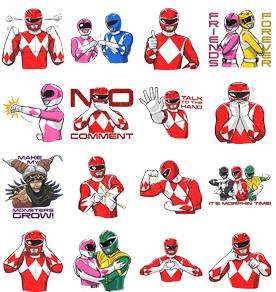Instagram’s Algorithm Receives No Love from Content Creators
Remember that friend you had growing up? You were inseparable. That is, until he became famous. Cue, Instagram. Instagram, do you know who your friends were? Small businesses! Small businesses have to be smart and witty about their content since they typically don’t have the same budgets as big companies. They pushed content creation to the next level by bringing creative ideas, with zero or low cost budgets, to the table.
Instagram recently changed its platform from posting in chronological order to one that is based on an algorithm similar to Facebook. And for a solid reason; the average user misses 70% of the posts and only sees 30% of content shared by the accounts he or she follows. Now, Instagram wants to make the 30% viewed content he most relevant 30%. Of course, advertising on the platform will stay the same, and profiles that have some extra dollars lying around will be able to make it into the 30%. Guess where that leaves small businesses? In the bottom 70%.
Facebook’s algorithm didn’t receive any love from businesses and bloggers when it was first introduced. Those same people still aren’t happy about it, which contributed to the rise of other social media platforms like Instagram. One of my favorite quotes comes from the German politician, Otto von Bismarck who said, “Only a fool learns from his own mistakes. The wise man learns from the mistakes of others.” What does that make Instagram since they are potentially repeating the same mistake as Facebook?
Twitter seems to be the only platform getting it right with its “while you were away…” feature. Instagram can easily duplicate that with their new timeline and chronicle images in a grid for the user to review once he or she reopens the application. He or she can decide what to explore further. If Instagram were to utilize this feature it would make the user’s experience better since the user is being served the content they want to see according to the algorithm. The small businesses, who are trying to break into social media are still capable of gaining the organic reach they depend on for survival, and the big companies can use advertising to be a part of the 12 images. This way, everyone can be a winner and Instagram can have more advertising opportunities for businesses with different budgets.
If you agree, share this article with #KeepInstagramChronological. Instagram is open to experimenting with their new model throughout this month and will be listening closely to the users and businesses.






